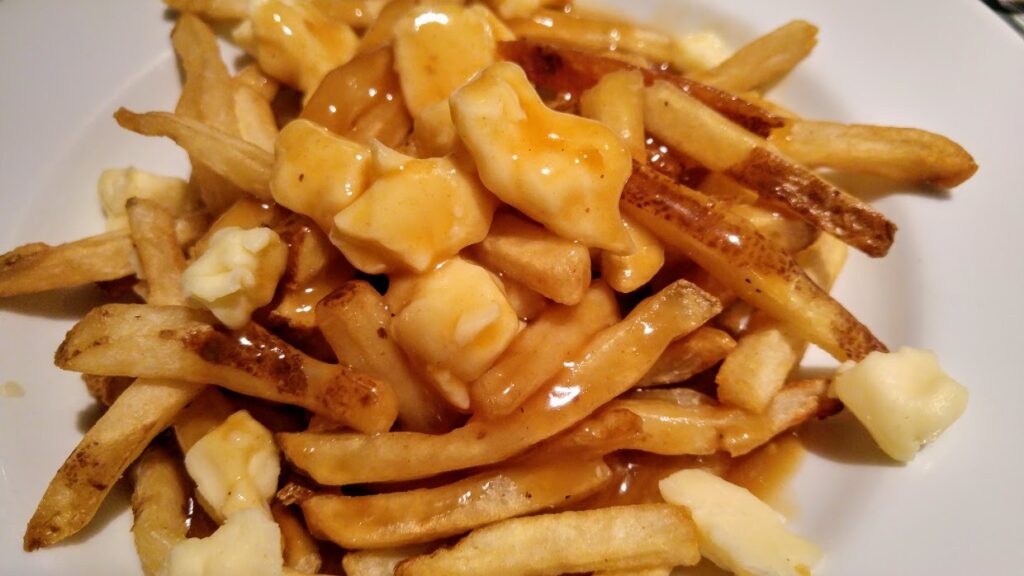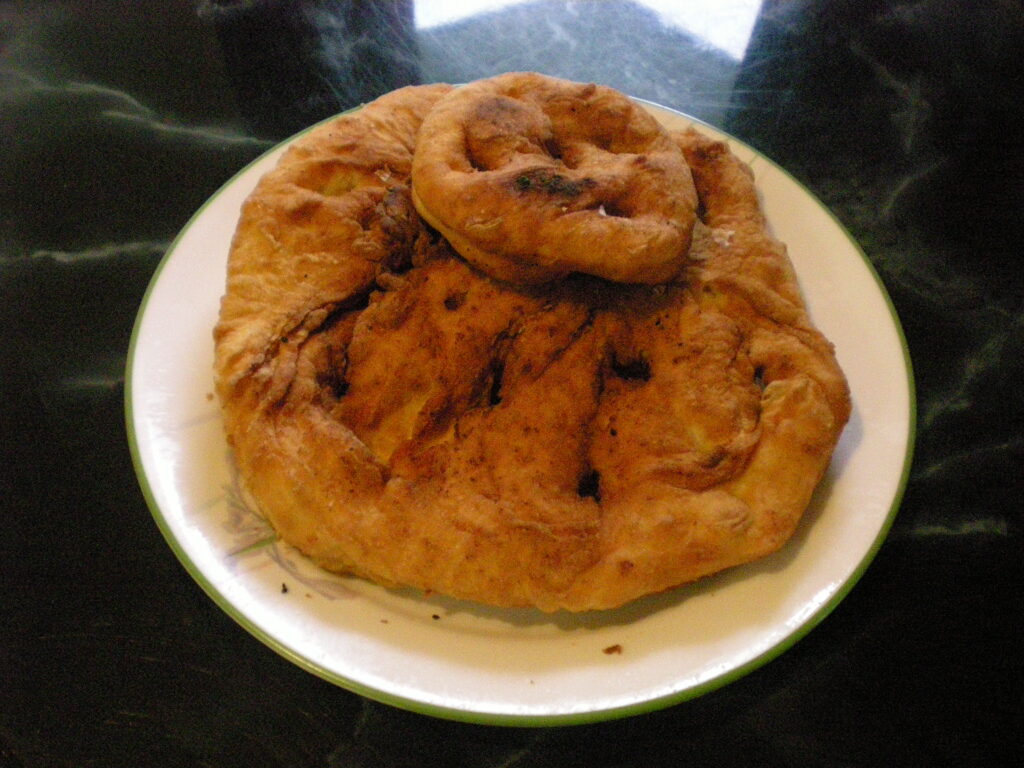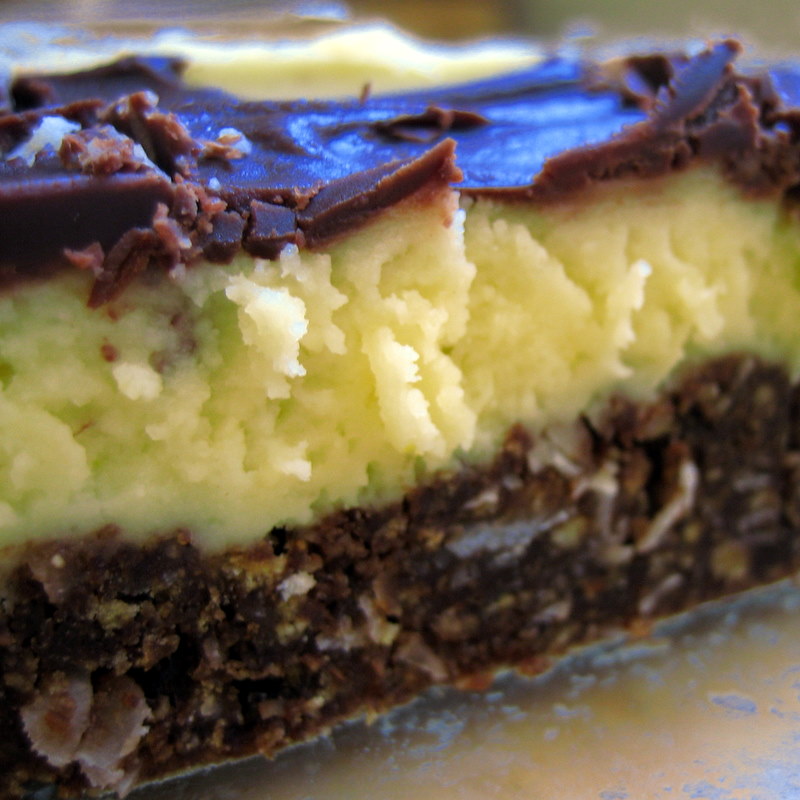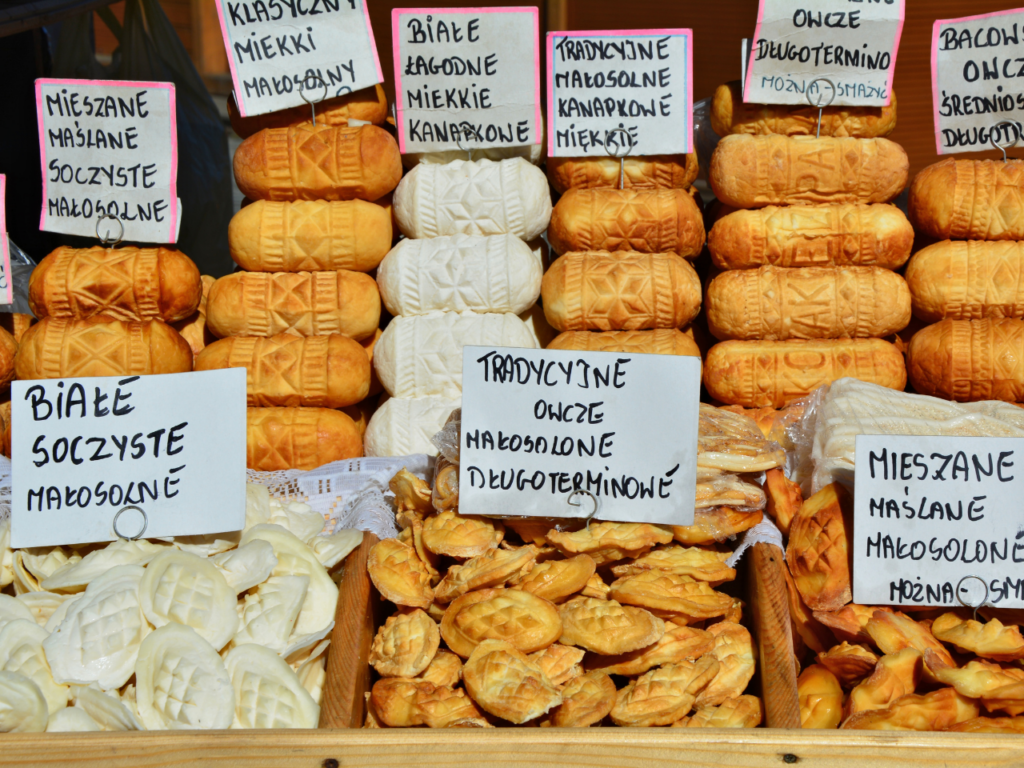The Canadian food scene is as diverse and rich as its landscapes, offering an array of flavors that reflect the nation’s multicultural heritage. From coast to coast, unique regional dishes showcase the local ingredients and traditions that have been passed down through generations. From the hearty comfort of poutine to the sweet indulgence of butter tarts, each of these Canadian dishes tells a story about its history and the people who have shaped its gastronomic identity. So, prepare your taste buds and enjoy a read though some of Canada’s culinary creations.
What is Canada’s national dish?
Deliciously heartwarming, with its combination of French fries, cheese curds and brown gravy, Poutine is known as Canada’s national dish. According to The Canadian Encyclopedia, poutine made its debut in rural Quebec snack bars during the late 1950s. The pronunciation of the word varies across Canada, with those in Quebec saying “poo-tin” while others outside the province often pronounce it as “poo-teen.” The origins of poutine are just as uncertain, with multiple individuals claiming that they were the ones who created this iconic dish. Whatever its origins, despite not being haute cuisine Poutine is a seriously tasty Canadian food that makes an appearance on many a restaurant menu.
Is Canadian food like American food?
Though neighbors with many culinary similarities, it is Canadia’s colonial history which gives its food a unique identity from that of the US. You’ll see considerable overlaps between Canadian culinary practices and those of the British Isles, France as well as the rest of North America.
Many provinces in Canada have touches of French influence in their food but Quebec especially is a hot spot for both French culture and food. Dishes like poutine and pea soup are French-Canadian delicacies hailing from the Quebec area. English pubs are a novelty in the US but are commonplace throughout Canada making fish and chips and other British staples commonplace. Traditionally used ingredients native to the region include moose, caribou, elk, seal, whale, buffalo and all kinds of fish.
1. Nova Scotia Lobster Roll
The classic Nova Scotia Lobster Roll has no equal in the food world. Served on a hot dog bun, lobster meat is mixed with mayonnaise, chives, dill, garlic and zest of lemon. This quintessential Canadian food is also a culinary highlight of neighboring Prince Edward Island.
First appearing in restaurants in Connecticut during the late 1920s, the lobster roll made its way to East Coast Canada by the 1990s. The perfect food for Nova Scotia, whose lobster has earned a global reputation for its exceptional quality and flavor, and is a highly sought-after delicacy in upscale dining establishments around the world.
For the Mi’kmaq, Nova Scotia’s original inhabitants, lobster and other seafood provided essential nourishment and held significant cultural importance. When European settlers arrived in the 17th and 18th centuries, they did not initially regard lobster as the gourmet item it is today. Instead, it was commonly used as bait for fishing or even as fertilizer for crops.
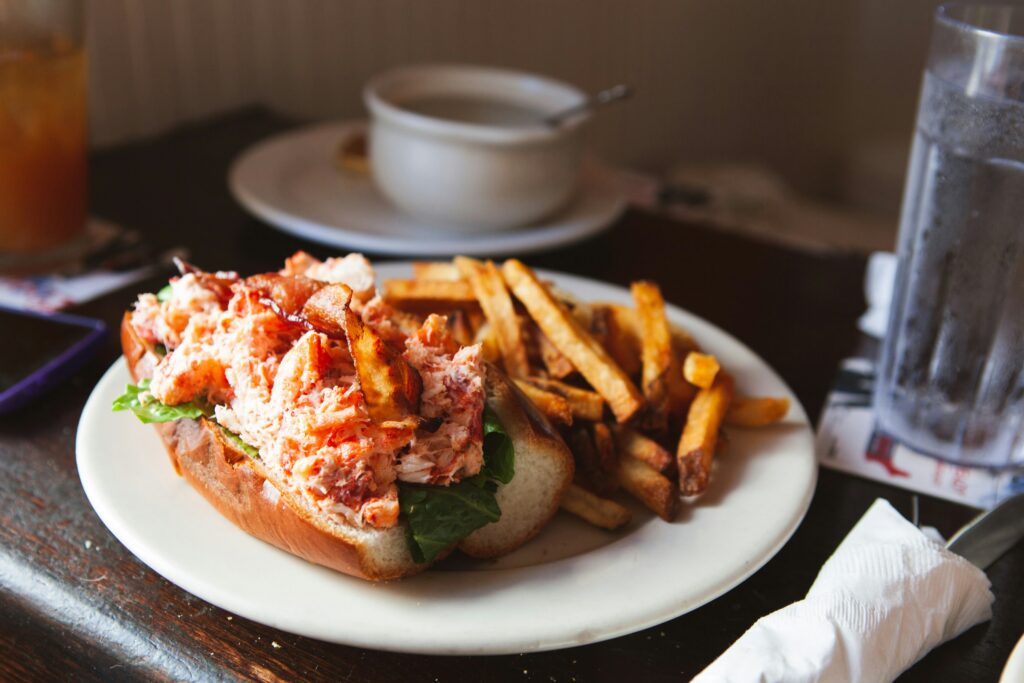
2. Peameal bacon
Peameal bacon is a wet-cured, unsmoked back bacon made from trimmed lean boneless pork loin rolled in cornmeal. Its name comes from its original coating of crushed yellow peas. The brining technique used in its preparation ensures it remains tender and juicy, making it leaner than traditional bacon.
It’s hard to find peameal bacon outside of Canada, making it a revered treat for visitors. But it’s not to be confused with Canadian bacon, which is a smoked back bacon popular in the US and isn’t Canadian at all.
Toronto’s oral tradition credits pork mogul William Davies as the creator of peameal bacon, a tale shared through the years. While this claim lacks definitive verification, Davies built a prosperous empire centered on bacon and various pork products. His endeavors included operating the largest pork processing plant in the British Empire, which contributed to Toronto’s nickname: Hogtown.
3. Bannock
Bannock is a form of bread that served as a staple in the diets of early settlers and fur traders. Various Indigenous nations across North America have their own versions of bannock. For instance, the Inuit refer to it as palauga, the Mi’kmaq call it luskinikn, and the Ojibwe name it ba’wezhiganag.
Bannock can be prepared in several ways: baked in a pan or on a stone while camping, shallow pan-fried, or deep-fried. It is often enjoyed alongside stews, spread with jam and butter, or paired with molasses and pork fat.
Modern bannock is believed to have been introduced to North America by Scottish fur traders in the 18th and 19th centuries. Known as bannuch, derived from Gaelic meaning “morsel,” they shared their recipes with Indigenous nations. The adoption of bannock reflects a period when Indigenous peoples were displaced from their lands and had to adapt to new food sources. As nomadic communities were moved to reserves, they relied on rations supplied by Canada, which included the introduction of wheat flour in the late 19th century, becoming a dietary staple. This significant shift in their diet is thought to correlate with the rise of diabetes among Indigenous populations.
4. Montreal style smoked meat (beef)
Montreal-style smoked meat is slices of beef which have been salted, spiced and smoked. It is usually eaten in a sandwich made with rye bread spread with yellow or spiced mustard, and somewhat resembles pastrami. Served with French fries, coleslaw and a dill pickle, it’s a great comfort dish.
This traditional Canadian food traces back to 1884 with the arrival of Aaron Sanft from Yassi, Romania, who became Montreal’s first kosher butcher. Historians say that contemporary smoked meat has its roots in Turkey, where it was introduced to Romania by invading Turkish forces.
5. Nanaimo bars
Named after the Canadian city of Nanaimo in British Columbia, the Nanaimo bar requires no baking and consists of three layers: a wafer, nut (walnuts, almonds, or pecans) and coconut crumb base; custard icing in the middle with a layer of chocolate ganache on top. You can buy them all year round, but the Nanaimo bar is a key feature of the holiday season often brought along to Christmas parties.
6. Saskatoon Berry Pie
A staple of Canadian cuisine, Saskatoon Berry Pie is a delightful dessert that celebrates the sweet and tart flavor of Saskatoon berries, native to the prairies of Canada and parts of the United States. The berries are mixed with sugar, a thickening agent like cornstarch or flour, and set on a buttery pie crust, offering a unique flavor reminiscent of a cross between blueberries and almonds.
Historically, Saskatoon berries have been an essential food source for Indigenous peoples in North America for centuries. With roots tracing back to early settler communities, the pie has become a beloved regional specialty. Today, it’s often enjoyed at summer gatherings and local fairs, celebrating the bounties of the harvest season.
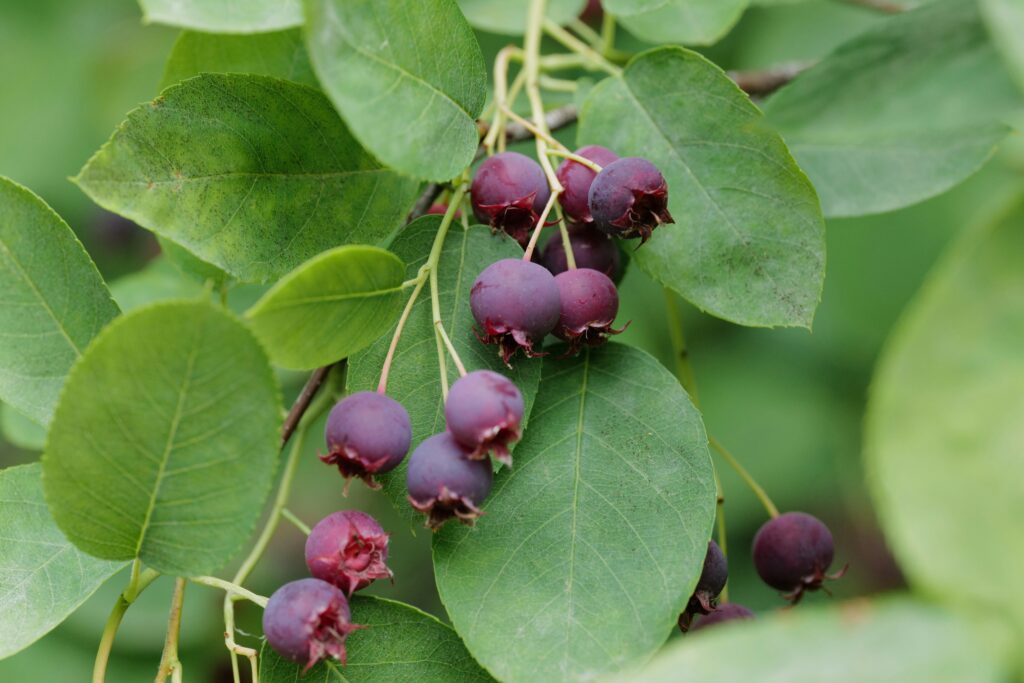
7. Maple Taffy
Synonymous with springtime, perfect during crisp, fall days and a sweet treat for winter, this sugary Canadian treat is always in fashion. Made by boiling Maple syrup to a concentrate, Maple taffy was originally an Indigenous tradition. The recipe was then adopted by French settlers in eastern Canada, specifically around Quebec, where groves of maple trees grow the thickest. The taffy is poured in lines on snow or crushed ice and rolled up on sticks for perfect maple lollipops.
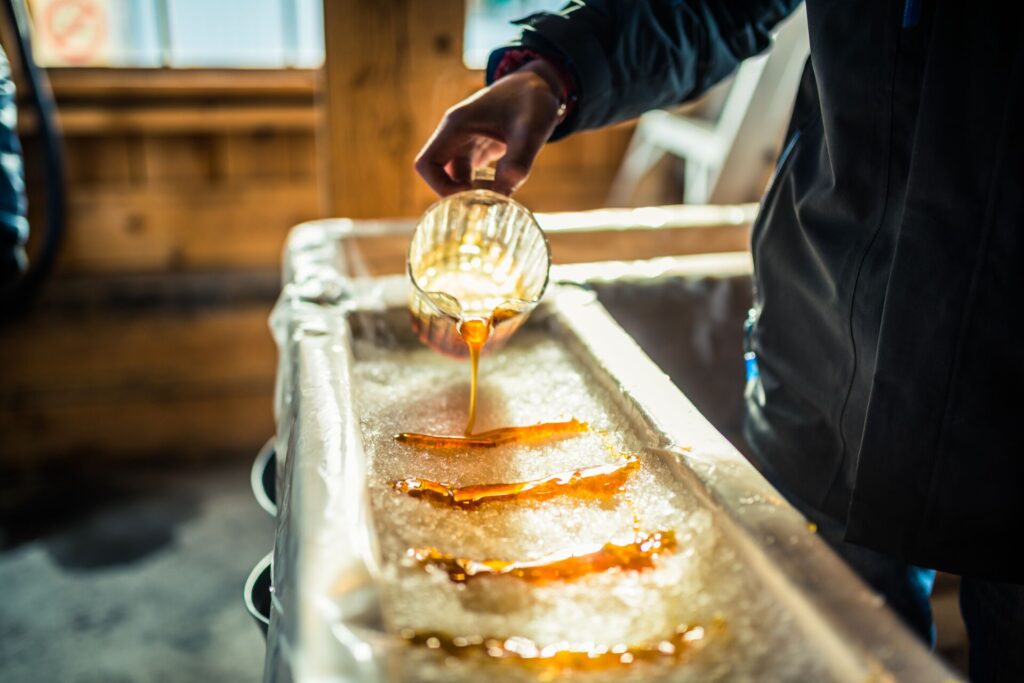
8. Ketchup chips
Adding ketchup-flavored seasoning to potato chips came to be sometime in the 1970s, inspired by the eternal pairing of French fries and tomato ketchup. Now found in nearly all grocery stores, the chips (crisps) are dusted with tomato powder, garlic, onion and spices, infusing smoky, salty and sweet flavors with a tart bite into every crunch.
Although a quintessential Canadian snack, whether the origins of the ketchup chip are Canadian or American remains disputed. But whatever its birthplace, it’s stood the test of time as a Canadian classic.
9. Butter tarts
These buttery, caramel-y tarts are a national obsession for good reason, they’re seriously delicious! A classic Canadian dessert, they’re known for their slightly runny or gooey center which contrasts beautifully with the crisp crust.
The main ingredients include a buttery pastry shell, a filling made of brown sugar or maple syrup, eggs and butter. Some have raisins or nuts for added texture and flavor.
Historically, butter tarts date back to the early 19th century. Their origins are attributed to Canadian pioneers who created simple desserts using locally available ingredients. They’ve since become a beloved Canadian food, often featured at holiday gatherings and special occasions.
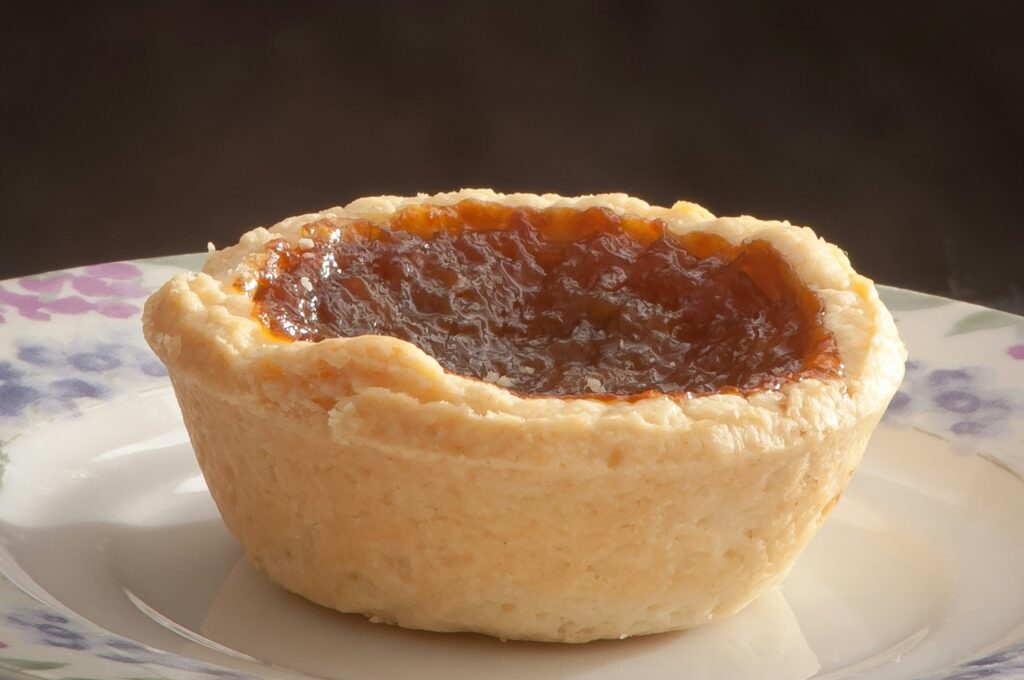
10. Split Pea soup
A delicious Canadian food that sees the humble pea take center stage, in split pea soup they’re cooked with ham hocks, onions, garlic and leeks. Split peas are just normal peas that are dried and split to speed up the cooking process. The result is one of the most filling and hearty Canadian dishes, a soup perfect for cold winter days.
Split pea soup has its origins in ancient civilizations, where legumes served as a basic food source. The technique of splitting peas dates back millennia, making it an effective preservation method for extending the shelf life of these nutritious legumes. It is thought that ancient Egyptians were among the first to grow peas and incorporate them into their culinary traditions.
If you are feeling inspired by all this delicious Canadian food, take a look at our “Business Class” tours to Canada
